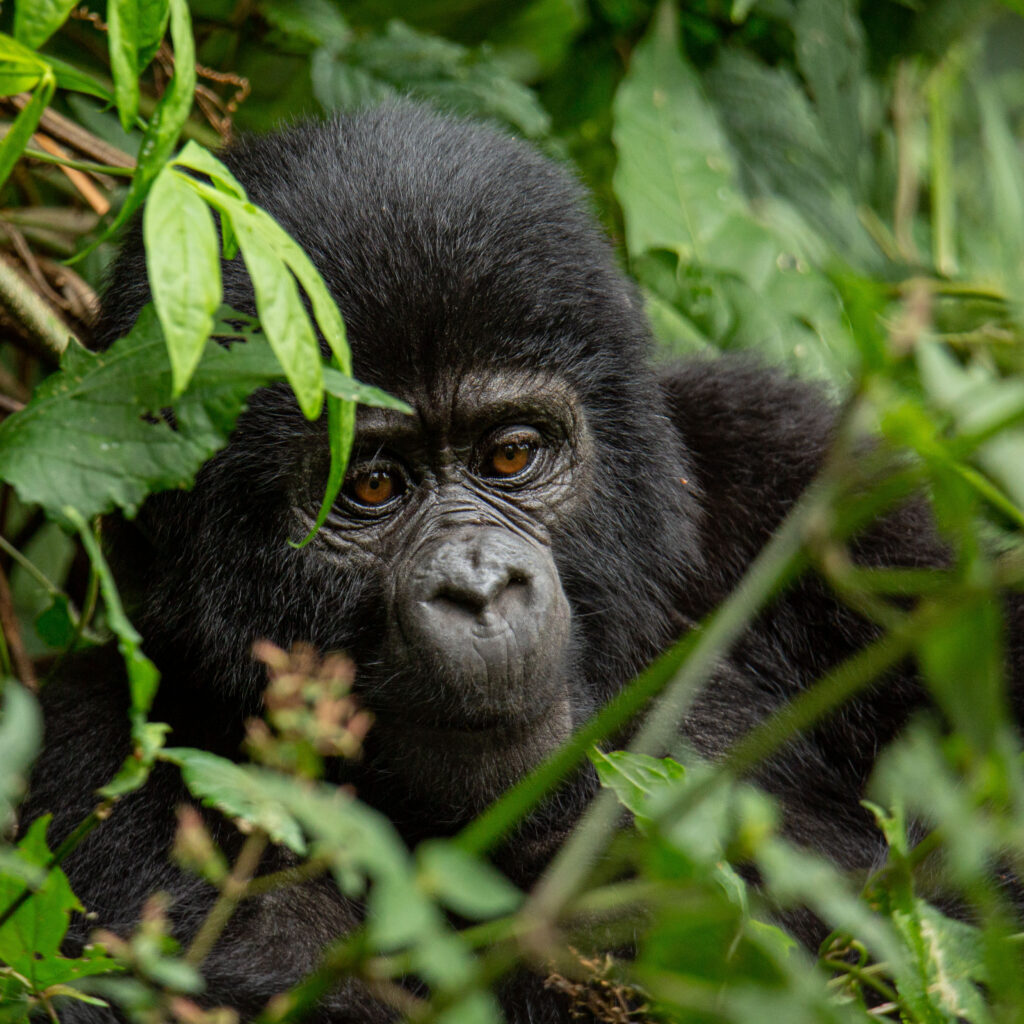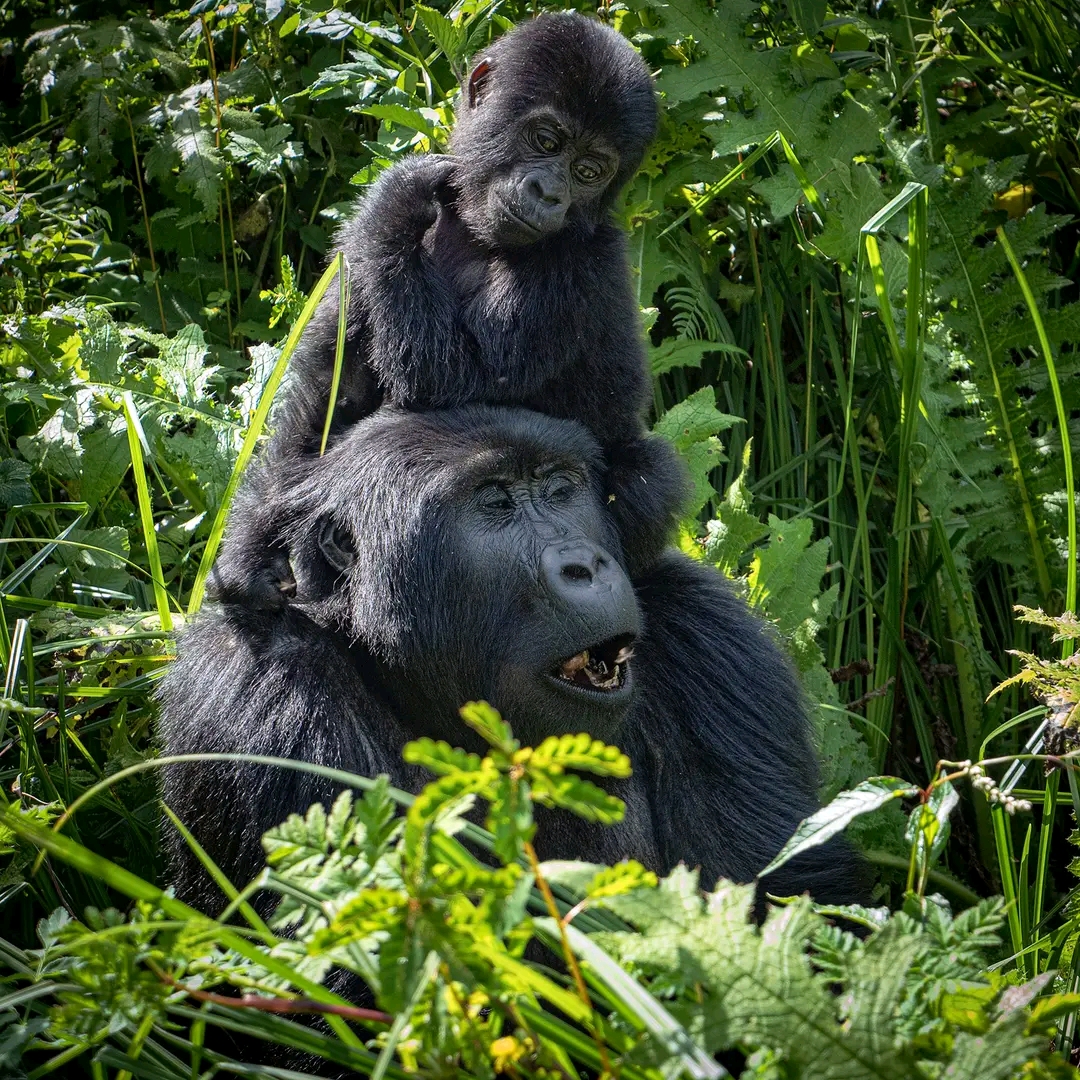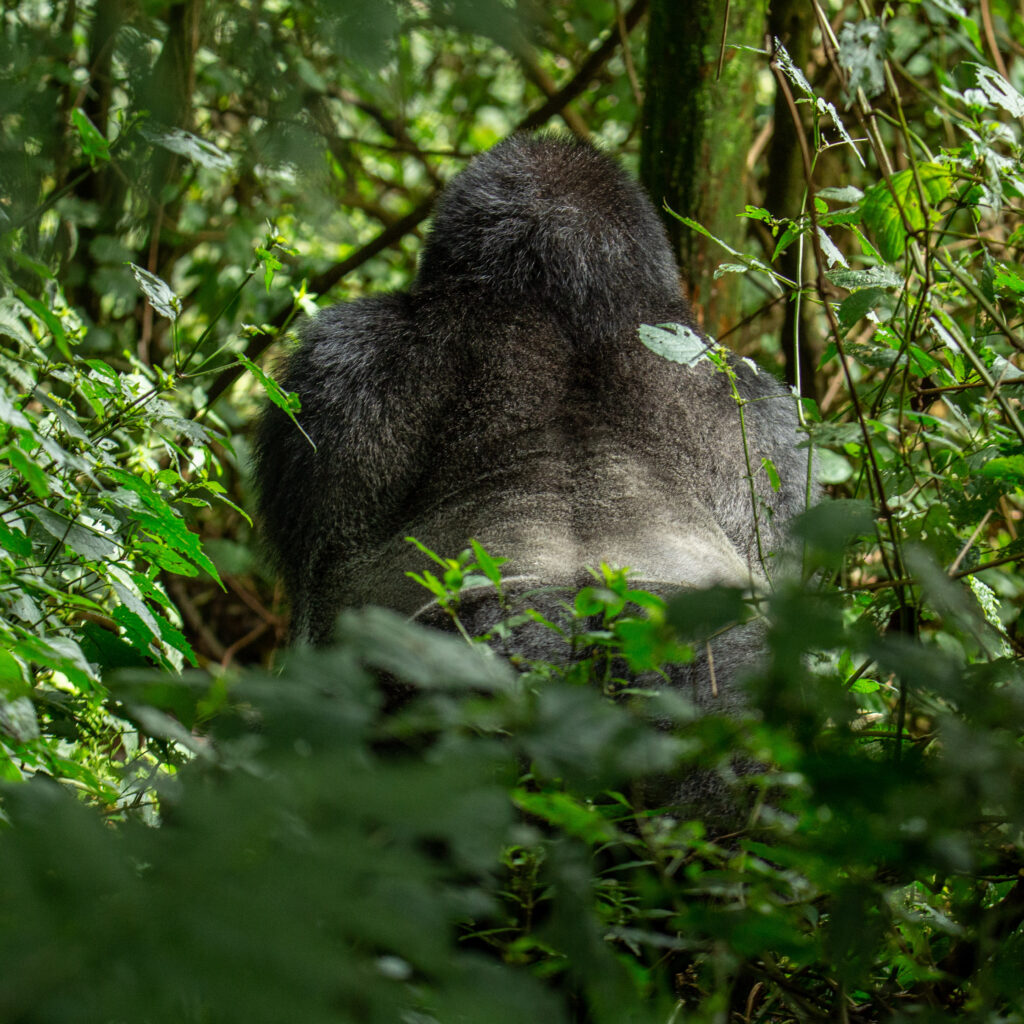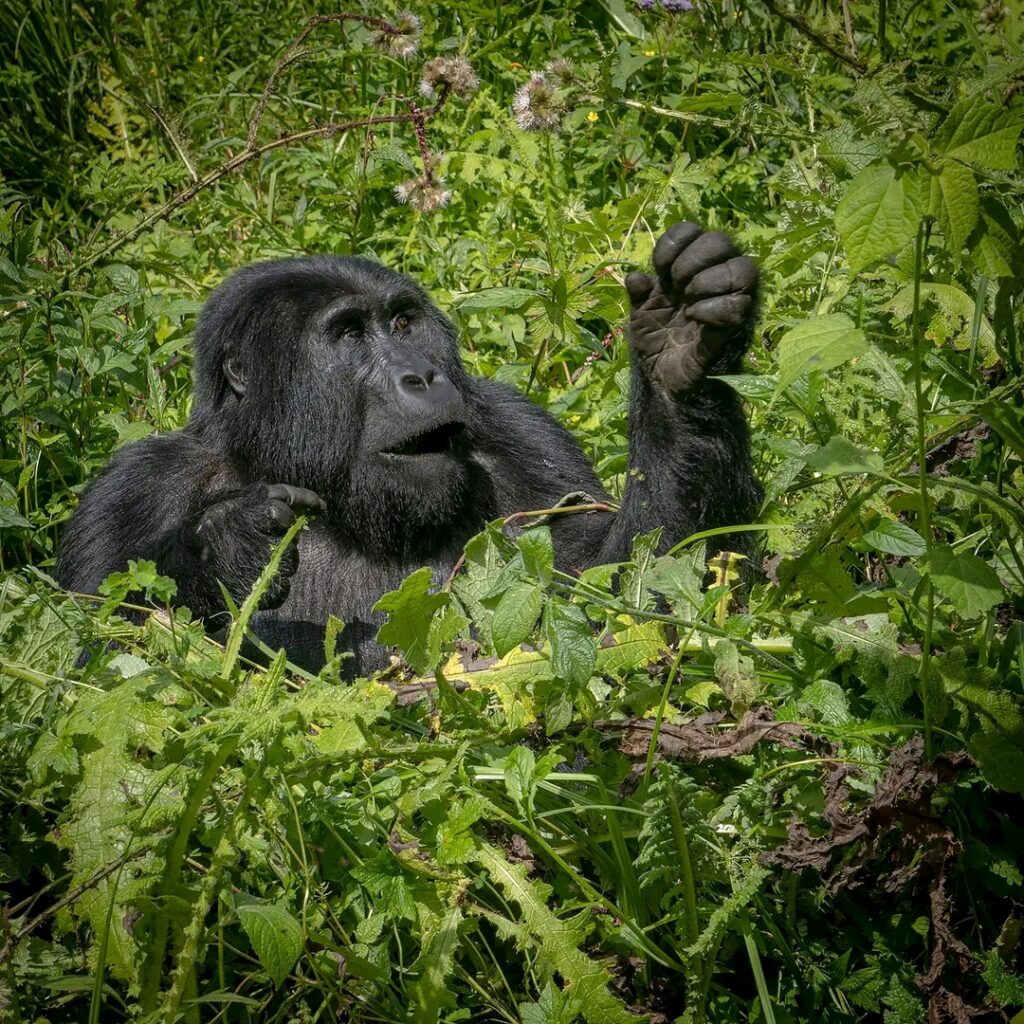
Gorilla Tours in Uganda
Gorilla Tours in Uganda offer an extra-ordinary gorilla safari experience you can ever encounter in lifetime, with endless memories. Uganda, known as the “Pearl of Africa,” is a country blessed with breathtaking landscapes and rich biodiversity. Among its remarkable natural wonders are the endangered mountain gorillas, which have become a symbol of conservation and an emblematic species for wildlife tourism. Gorilla tours and safaris in Uganda have played a significant role in promoting both conservation efforts and sustainable economic growth. This essay explores the fascinating history of gorilla tours in Uganda, highlighting their evolution, significance, and impact on the local communities and conservation efforts.

Early Conservation Efforts:
The conservation of gorillas in Uganda began in the early 20th century when the British colonial government recognized the importance of preserving the country’s natural heritage. Conservationists such as George Schaller and Dian Fossey conducted extensive research on gorillas, bringing attention to their vulnerable status. The establishment of national parks, including Bwindi Impenetrable National Park and Mgahinga Gorilla National Park, marked crucial steps towards protecting gorilla habitats.
Birth of Gorilla Tourism:
In the 1990s, Uganda’s government, in collaboration with conservation organizations like the World Wildlife Fund (WWF) and the Uganda Wildlife Authority (UWA), recognized the potential of gorilla tourism as a means to support conservation efforts and boost the country’s economy. Initially, the concept faced challenges due to political instability and concerns over the safety of tourists. However, with improved stability and conservation measures, gorilla tourism gradually gained momentum.

Conservation and Community Partnerships:
Gorilla tours in Uganda have evolved to incorporate a strong focus on community engagement and benefits. Recognizing that local communities are vital stakeholders in conservation, initiatives were developed to involve them directly in tourism activities. Revenue sharing schemes were introduced to ensure that communities near gorilla habitats benefit from tourism, thus incentivizing their participation in conservation efforts.
Gorilla Trekking Experience:
Gorilla trekking, the highlight of gorilla tours in Uganda, provides visitors with a unique and awe-inspiring experience. Tourists embark on guided treks through the dense forests, accompanied by experienced trackers and rangers. The encounter with a gorilla family, observing their behavior and social interactions, leaves a lasting impression on visitors and fosters a deep connection with nature.

Impact on Conservation:
Gorilla tourism has had a profound impact on gorilla conservation in Uganda. The revenue generated from permits and tourism activities directly supports conservation efforts, including anti-poaching measures, habitat restoration, and scientific research. Furthermore, by creating economic incentives for local communities, gorilla tours have contributed to a reduction in poaching incidents and the preservation of gorilla habitats.
Socioeconomic Benefits:
The growth of gorilla tourism has brought significant socioeconomic benefits to Uganda. It has created employment opportunities in the tourism sector, ranging from guides and rangers to hospitality and transportation services. Additionally, the revenue coming from gorilla tours goes into community development projects, including education, healthcare, and infrastructure, improving the quality of life for local communities.

Challenges and Future Outlook:
Despite its success, gorilla tourism in Uganda faces several challenges. The increasing demand for permits has led to concerns about the potential impact on gorilla populations and habitats. Additionally, the COVID-19 pandemic significantly disrupted tourism activities, highlighting the need for diversification and resilience in the sector. However, with sustainable management practices, ongoing conservation efforts, and responsible tourism, gorilla tours in Uganda have a promising future.
Conclusion:
Gorilla tours in Uganda have transformed from humble beginnings into a powerful force for conservation and community development. They have become a sustainable model for wildlife tourism, showcasing the delicate balance between environmental protection, economic growth, and community engagement. Through responsible tourism practices, Uganda has set an example for the world, demonstrating that wildlife conservation and tourism can go hand in hand. As we look to the future, it is essential to continue supporting and promoting gorilla tours. Also, ensuring the long-term survival of these magnificent creatures and the prosperity of local communities.
